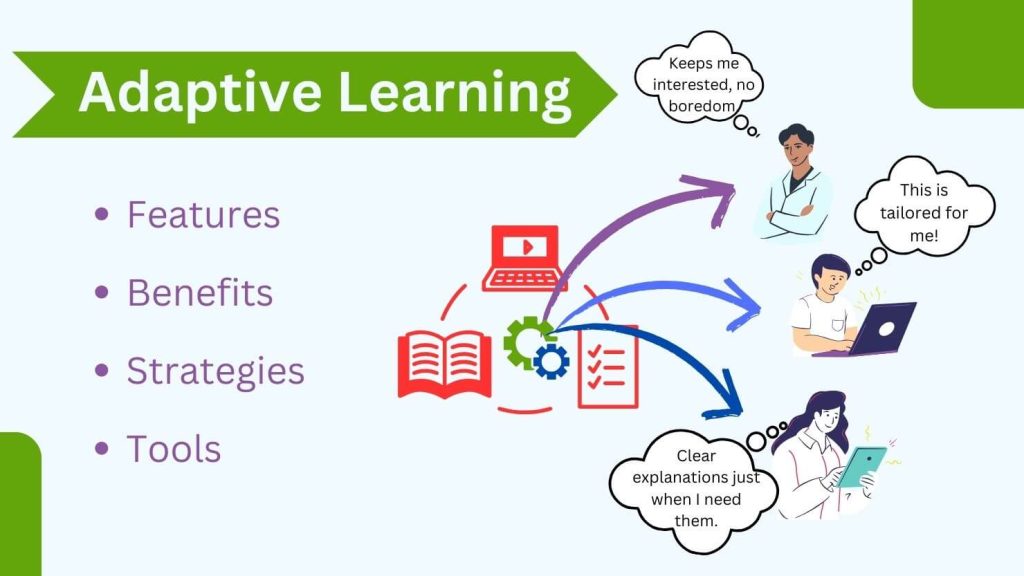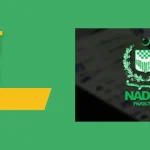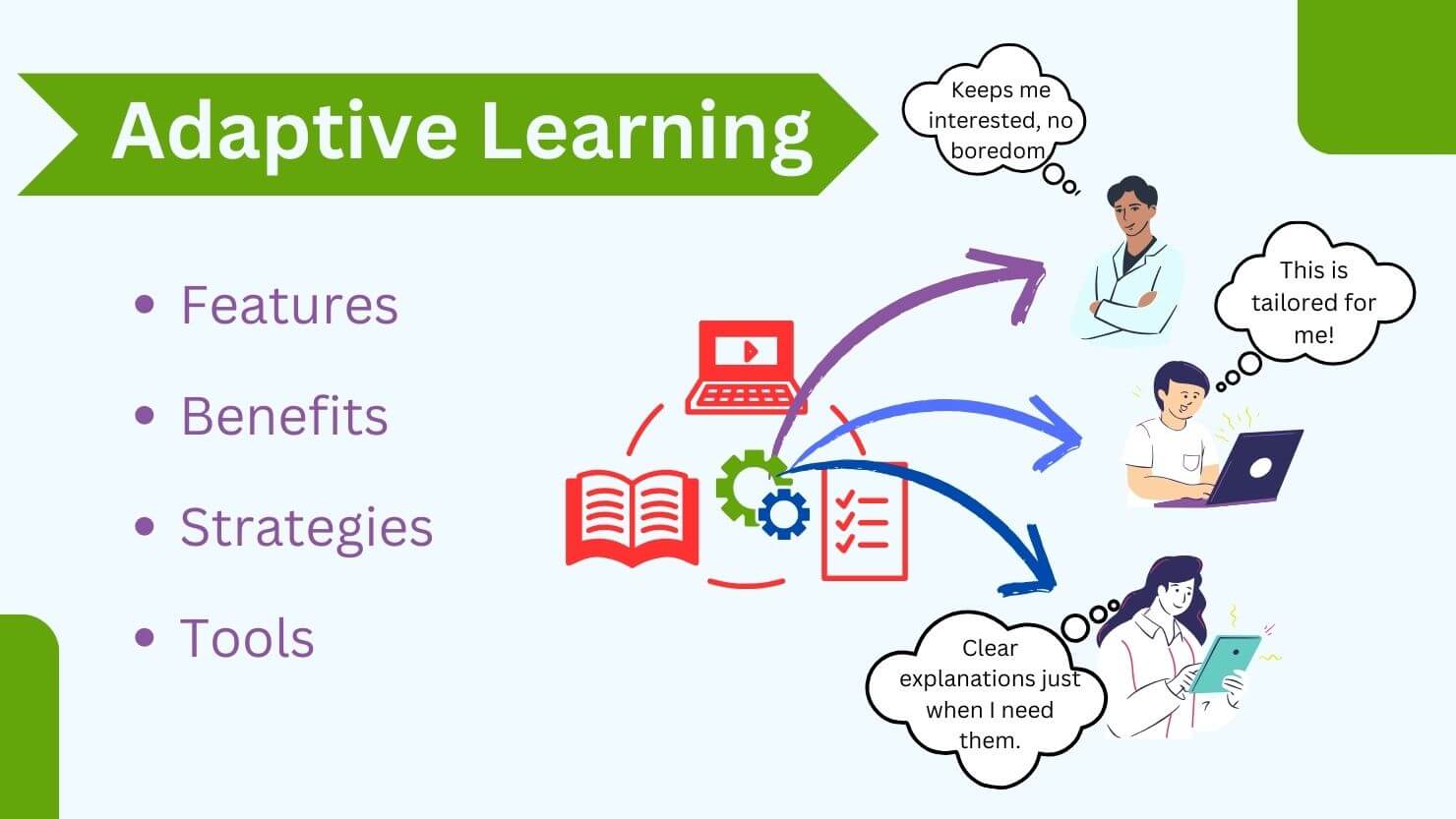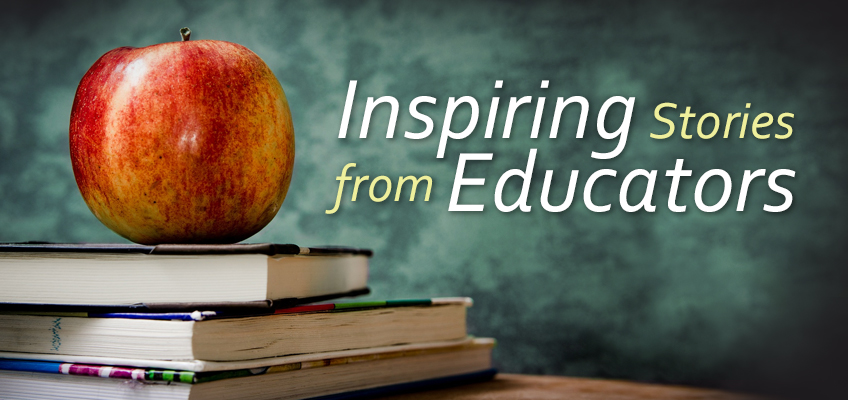
📌 Introduction: The End of One-Size-Fits-All Learning
Imagine a classroom where every student learns at their own pace, gets lessons tailored to their needs, and receives feedback in real time—all without overloading the teacher. This is not a fantasy—it’s the promise of adaptive learning, powered by artificial intelligence (AI).
Adaptive learning uses AI and data analytics to create a personalized learning experience for each student, adjusting the content, pace, and method as they progress.
Let’s dive deep into how adaptive learning is transforming education in classrooms, online platforms, and corporate settings.
🧠 1. What Is Adaptive Learning?
Adaptive learning refers to technology-driven educational systems that monitor a learner’s performance in real time and adjust the instruction accordingly.
It answers questions like:
- What does the learner already know?
- What do they struggle with?
- What’s the best next step for them?
It uses algorithms, data, and AI models to create a continuously evolving learning path.
🧬 2. How Adaptive Learning Works
- Initial Assessment
The system evaluates the learner’s current knowledge level. - Real-Time Feedback Loop
As students answer questions or complete tasks, the system records:- Accuracy
- Speed
- Confidence
- Behavior patterns
- Dynamic Adjustment
Based on performance, the system changes:- Content difficulty
- Teaching method (video, quiz, reading)
- Question sequencing
- Support or hints provided
- Ongoing Personalization
The learning path updates continually, ensuring no two learners have the same journey.

💡 3. Key Features of Adaptive Learning Systems
| Feature | Description |
|---|---|
| 📊 Real-Time Analytics | Tracks learner behavior and performance constantly |
| 🧠 AI-Powered Decisions | Algorithms choose what content to show next |
| 🧩 Modular Content | Lessons are broken into small, flexible chunks |
| 🔁 Feedback Loops | Learner input directly affects what’s delivered next |
| 🧭 Personalized Navigation | Each learner moves at their own pace and path |
🏫 4. Where Is Adaptive Learning Used?
👩🏫 A. K–12 Education
Tools like DreamBox, i-Ready, and Achieve3000 help:
- Close math and reading skill gaps
- Tailor homework based on classroom performance
- Support students with learning disabilities
🎓 B. Higher Education
Platforms like ALEKS, Smart Sparrow, and Knewton:
- Personalize learning for large online classes
- Help students master foundational knowledge
- Offer remediation before students fall behind
🧑💼 C. Corporate Training
Companies use adaptive platforms to:
- Personalize upskilling paths
- Optimize compliance training
- Improve retention and on-the-job application
📱 D. Ed-Tech Apps
Apps like Duolingo, SoloLearn, and Coursera:
- Adjust lessons based on user mistakes
- Offer extra practice where needed
- Recommend topics for review
📈 5. Benefits of Adaptive Learning
✅ A. Personalization at Scale
Every learner gets individualized instruction—without requiring more instructors.
✅ B. Faster Mastery
Learners skip what they already know and spend time only where it’s needed.
✅ C. Reduced Dropout Rates
Adaptive systems identify frustration early and intervene to keep students engaged.
✅ D. Supports All Learning Styles
Visual, auditory, or hands-on learners all benefit from multi-modal content delivery.
✅ E. Data-Driven Insights
Teachers and trainers get dashboards showing:
- Who’s struggling
- What topics need reteaching
- How to group students effectively
🚨 6. Limitations & Criticism
❌ A. Data Privacy Concerns
Adaptive learning collects massive amounts of sensitive learner data, raising ethical and legal concerns.
❌ B. Technology Dependency
Students in low-resource settings may lack the devices or internet needed.
❌ C. Risk of Over-Automation
AI should support, not replace, human teachers. Poorly designed systems can feel robotic or impersonal.
❌ D. Algorithmic Bias
If not monitored, AI can reinforce existing inequalities based on race, gender, or socioeconomic status.
🛠️ 7. Examples of Adaptive Learning in Action
| Platform | Use Case |
|---|---|
| DreamBox | K–8 adaptive math platform |
| ALEKS | College-level math & chemistry tutoring |
| Knewton Alta | Adaptive content for higher education |
| Duolingo | Language learning based on user performance |
| Quizalize | Real-time student data for classroom use |
🌍 8. The Global Impact of Adaptive Learning
🌐 A. Bridging Educational Gaps
Helps underserved students get personalized support—even in large classes.
👨👩👧 B. Parental Involvement
Parents can track their child’s progress via real-time dashboards.
📚 C. Lifelong Learning
Adult learners can reskill at their own pace in subjects like coding, data science, or finance.
🔮 9. The Future of Adaptive Learning
🤖 A. Hyper-Personalization
AI will analyze facial expressions, voice tone, and even stress levels to adapt in real time.
🧠 B. Emotional AI Integration
Systems will respond not only to academic performance but also to emotional cues like boredom or anxiety.
🕶️ C. Immersive Learning Environments
VR and AR will adapt based on what users interact with or struggle to understand.
🌍 D. Global Equity
Adaptive tools will be localized in language, content, and cost to support learners worldwide.

✅ Conclusion: The Smartest Tutor You’ll Ever Have
Adaptive learning is revolutionizing education by meeting each learner where they are. With AI acting as a behind-the-scenes tutor, students no longer need to fit into a rigid system—the system bends to fit them.










